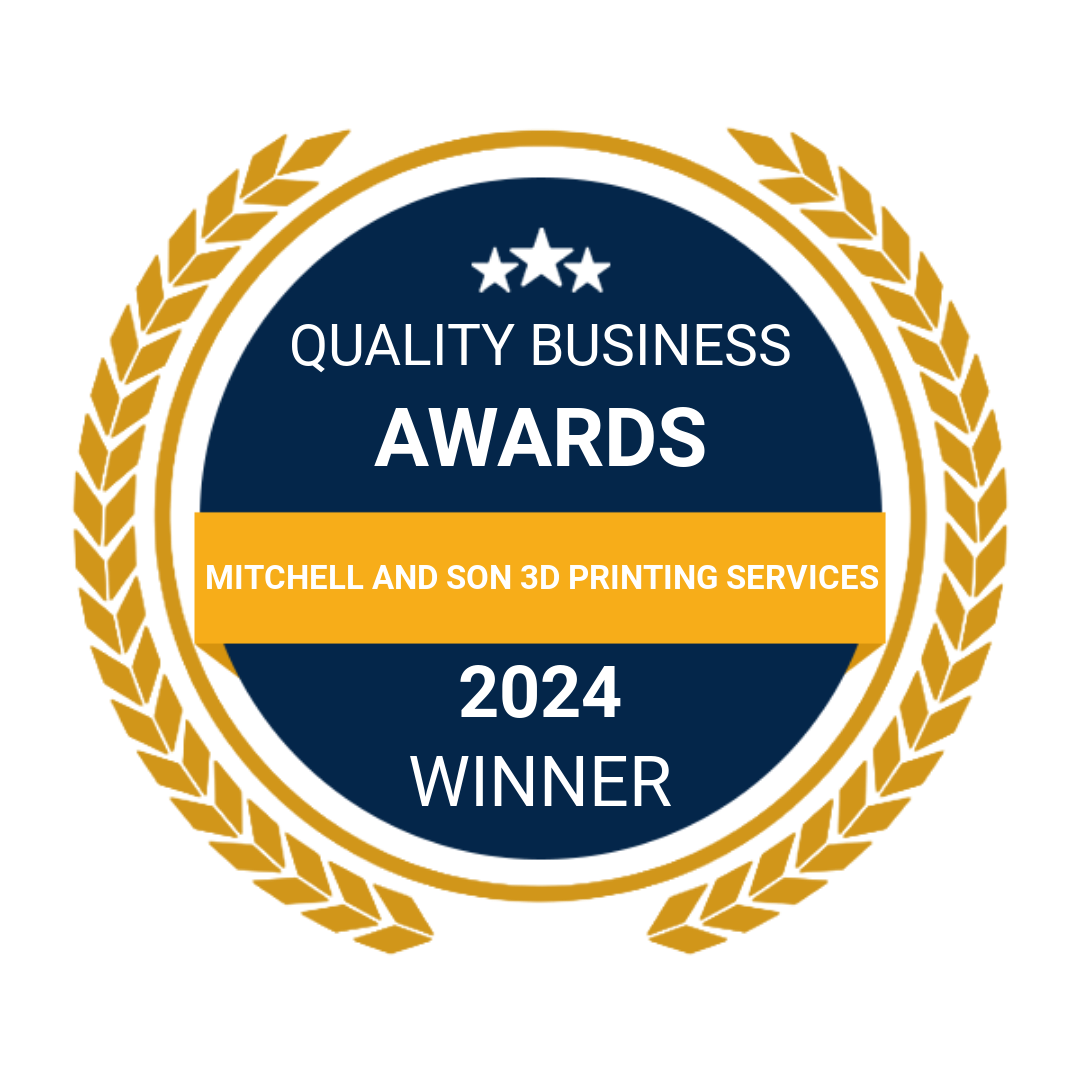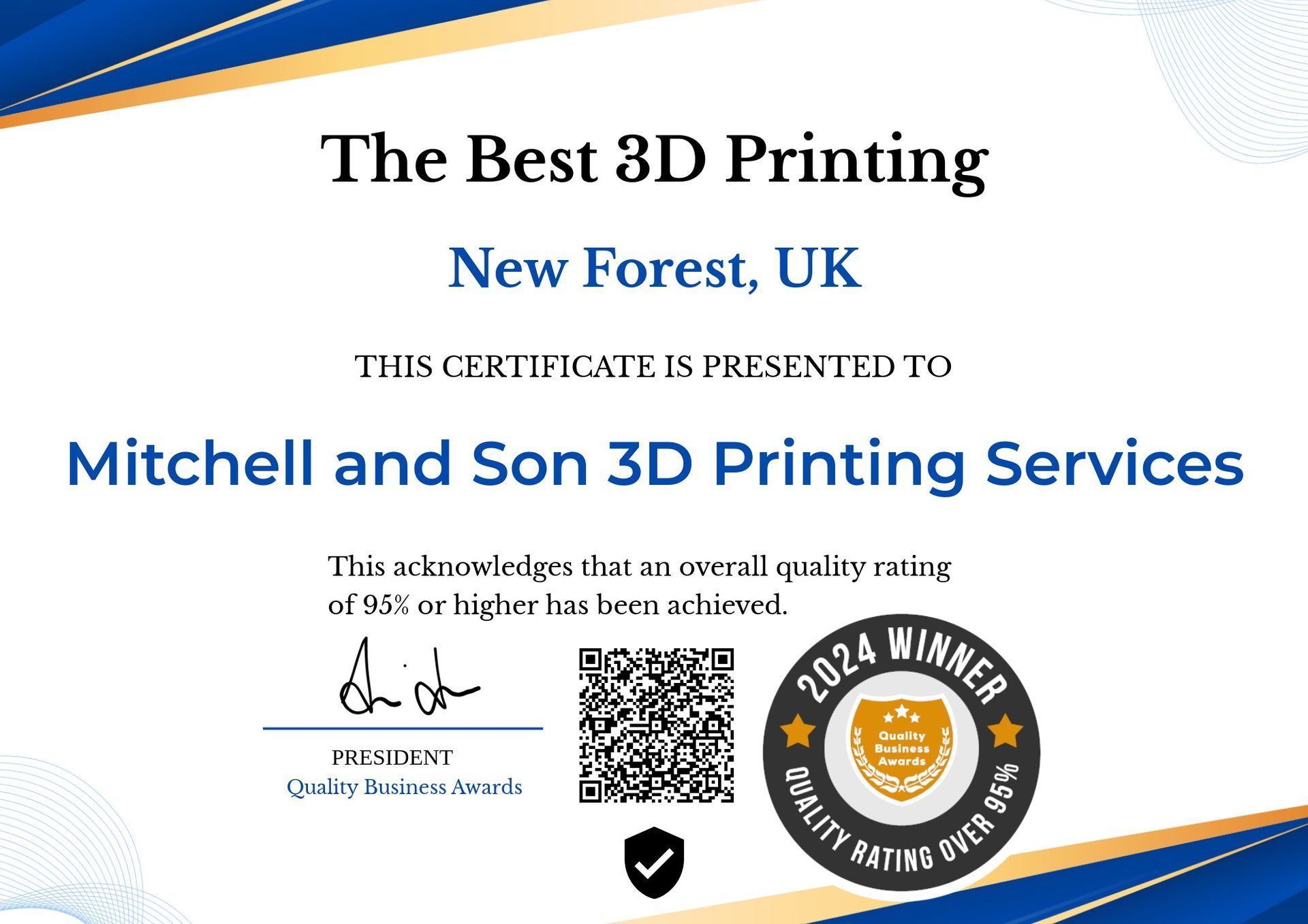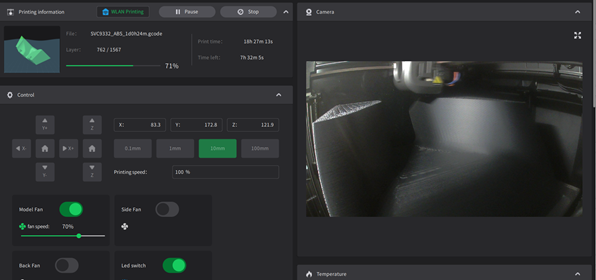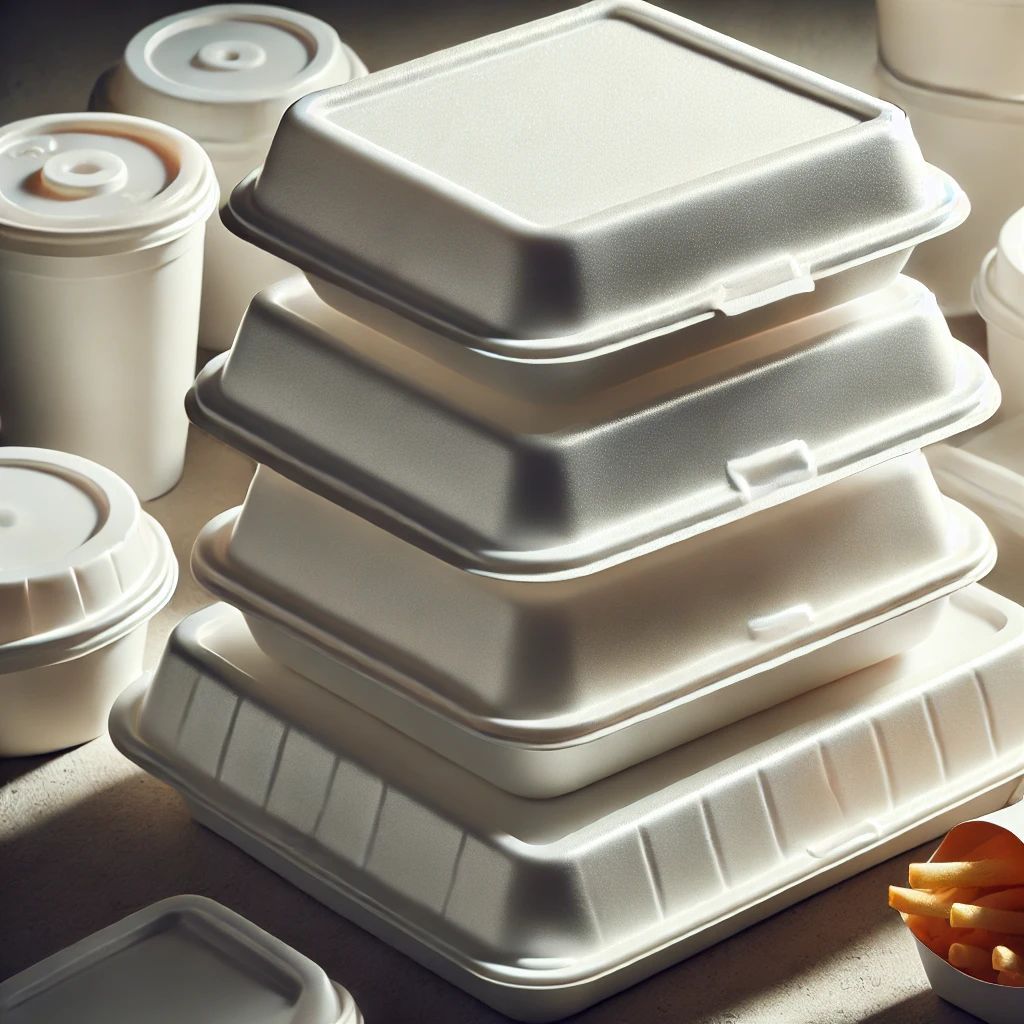3D Printing Processes vs Injection moulding
3D Printing vs Injection Molding:
What's the Difference?

3D printing is an additive manufacturing technique that uses successive layers of material to create a solid object. It is a process that begins with an idea in digital form and then creates the final product. 3D printing has many advantages over other methods of manufacturing, such as injection molding. Injection molding, on the other hand, is a manufacturing process used to shape plastic, metal or other materials into a desired shape. It can be expensive and time-consuming when used to create small quantities of products. Here are some of the differences between these production processes.
What is 3D printing?
3D printing is an additive manufacturing technique that creates a solid object by adding material in successive layers. It begins with an idea in digital form and ends with the final product.
What is injection molding?
Injection molding is a manufacturing process that shapes plastic, metal or other materials into the desired shape. It can be expensive and time-consuming when used to create small quantities of products, but it has some advantages over 3D printing.
In injection molding, a heated nozzle injects molten thermoplastic material in to a closed cavity. The mold closes around the material and cools it down as it takes its final shape. A hydraulic press pushes the part out of the mold.
The main advantage of injection molding is that this process is considered cost-effective for mass production because you need less labor and the molds are reusable. Injection molding lends itself well to large batches for one time use, such as automotive parts. It’s also easy to control quality by making a lot of samples before production starts.
How does it work?
3D printing builds an object by depositing layers of material, usually plastic or metal, until the object is complete. Injection molding shapes a mold with heated liquid plastic or metal. The mold is then put on to a heated metal plate and filled with molten material. As it cools, the plate removes the mold and you are left with your product.
Advantages of injection molding
Injection molding is an affordable option for mass producing products, which can be an advantage for a small business. Injection molding is also good for creating complex shapes and it's easy to clean up after.
Which process is better for small quantities of products?
Injection molding is an effective process for mass production of products with small quantities. It is a cost-effective method for mass production and for creating a large number of parts with the same dimensions. The process is also very efficient and does not require a long waiting period from beginning to end.
On the other hand, 3D printing can be used to create prototypes or smaller batches of products. It has many advantages over injection molding, such as being more environmentally friendly and being able to produce shapes that are impossible with injection molding (such as a cup). However, it does take longer than injection molding to create one product.
Conclusion
3D printing, also known as additive manufacturing, is the process of creating a 3-dimensional solid object of virtually any shape from a digital file. This process is achieved through building successive thin layers of material. Injection molding is a process where molten plastic or metal is injected into a mold, which cools and hardens to create the desired shape.
The 3D printing process can be expensive as it requires an expensive 3D printer. Injection molding is also an expensive process, but it's better for small quantities of products due to its low setup costs. For either process, you'll need good designers to design your products and engineers to make sure the quality is right.
Which process is best for you personally depends on the quantity of products, what you're producing and your budget.












